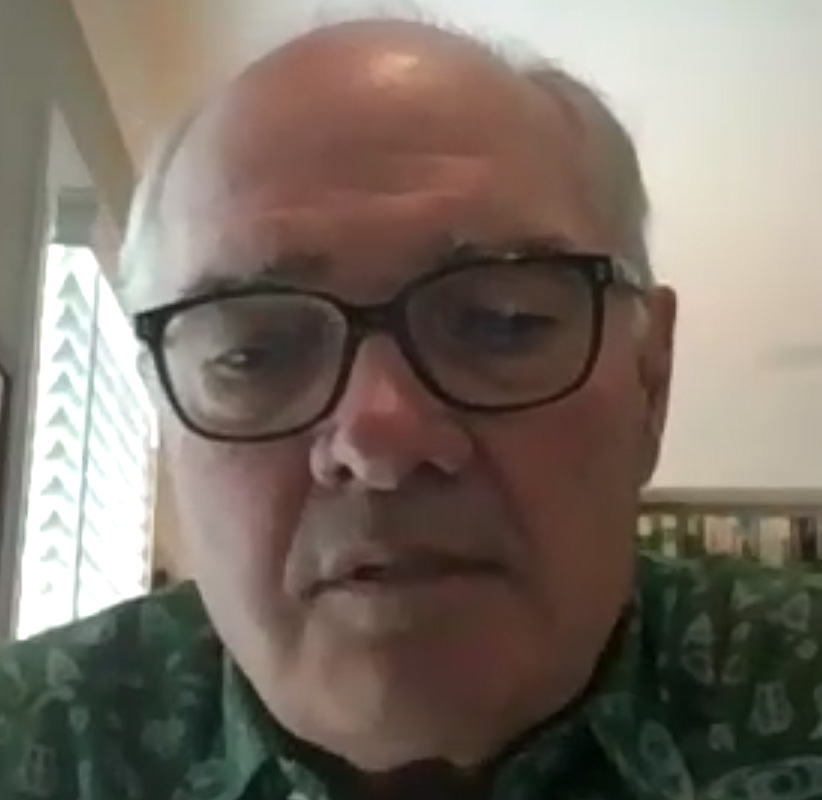Keith Jones
“I had been a part of the mid ‘80s farm crisis; had moved to Dallas and had gone to work for a bank in Dallas and was really needing to get back into agriculture some way…. I came on board (at TDA) in ‘88 and Hightower had this conference on organic and sustainable agriculture in March of 1989. He was really beginning to put all the pieces in place by March of ‘89. In February of ‘89 the story on Sixty Minutes on Alar and Chilean grapes and Meryl Streep unfolded. Pesticides and pesticide residues were on the minds of everybody in the early part of 1989. We got the program built in ‘88. Then in February of ‘89, we had this seminal event where public opinion was turning; organic was seen as an alternative… The legacy is that organic agriculture is a $50 billion segment. I mean $50 billion at the retail level. When consumers are looking for a level of assurance, organic is what they consider. Organic has become the default consumer-facing standard for food products. I think that’s its legacy. It has not only endured. It’s become the default standard for consumers.“
Keith Jones was hired to implement the organics program at the Texas Department of Agriculture. He credits Dan Kelly and Susan Kaderka for designing the first state-level certification program. Many of the elements in the Texas program, including the three-year pesticide withdrawal period and the verification method, which tracked the entire food chain from producers to processors to distributors to retailers were later adopted in the national program. After his work at TDA, Keith was recruited to implement the National Organics Program at USDA.
